The Cannes Film Festival has come to a close with a prize list that we’ll have something to say about … (and we’ll say it again). We found the quality of the selection hard to judge, especially compared to previous years. In any case, it seemed to us to be much more in keeping with a very calculated logic, with one film intended to please this audience, another to please that audience, and in fact did little to encourage cinephilic debate; on the contrary, it tended to leave everyone in their own chapel, and to encourage them to preach much more for their own. It’s a bit like our society, which is increasingly inward-looking, with everyone taking refuge in those who resemble them, and distrusting those who express an opinion that’s different or far removed from their own certainties. We also believe that critics themselves are influenced by the times, and that certain films benefit or suffer from this, but also that directors themselves, by rebound, are led to revise their art according to what is done, not done, said, not said, liked, disliked.
For example, the selection included very few films that dared to adopt a provocative tone, or that adopted a totally assertive aesthetic bias; on the contrary, the trend is clearly towards forms designed to appeal to several categories. Art that follows society, not precedes it or awakens it.
We’ll come back to this in a later article, in which we’ll look at what the Cannes films have collectively said about our world in 2024.
We also deplore the fact that the meaning of the Cannes Film Festival awards has been hijacked, or unclear, and that new awards have been created in strange and confusing ways. The Prix du Jury and the Grand Prix, for example, have their own definitions. If Wikipedia is to be believed, the Prix du Jury should normally be awarded to a film that the jury has chosen as its “coup de coeur”, and should highlight the singularity of a cinematographic approach or serve as an incentive for a promising young filmmaker. As for the Grand Prix, again referring to Wikipedia, it should not be seen as a second prize, but as an award for the best “art house” film, while the Palme d’Or would focus on the best film “for the public”. In such a case, the Palme de Or could largely legitimize the awarding of Palmes to films with broad audience potential, as has been the case in recent years, and as we believe will be the case again this year.
Just as the screenplay prize is supposed to reward a screenplay (and therefore a screenwriter) and not be a compensatory prize for a ranking that is more emotional than anything else.
Here’s the full list of winners:
Feature Films
Palme d’or
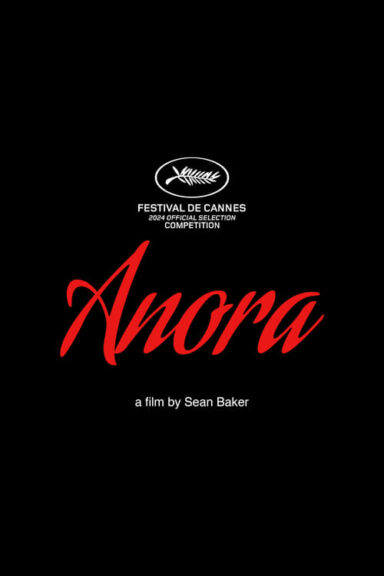
ANORA by Sean Baker
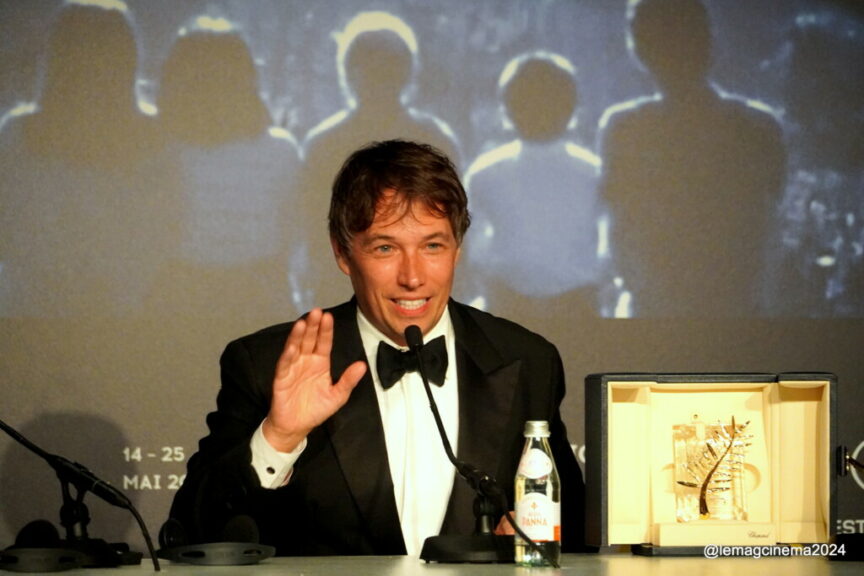
Grand Prize
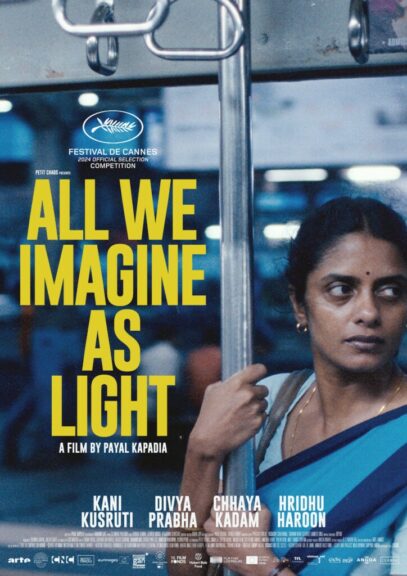
ALL WE IMAGINE AS LIGHT by Payal Kapadia

Jury Prize
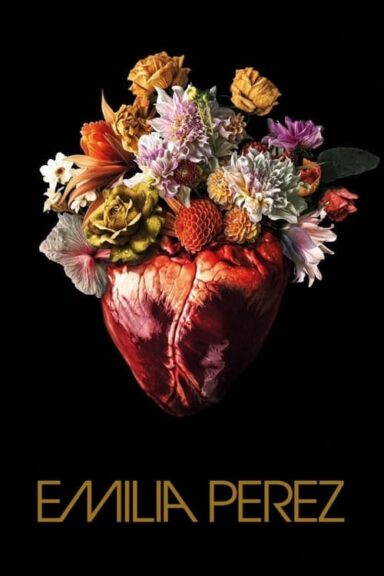
EMILIA PÉREZ by Jacques Audiard
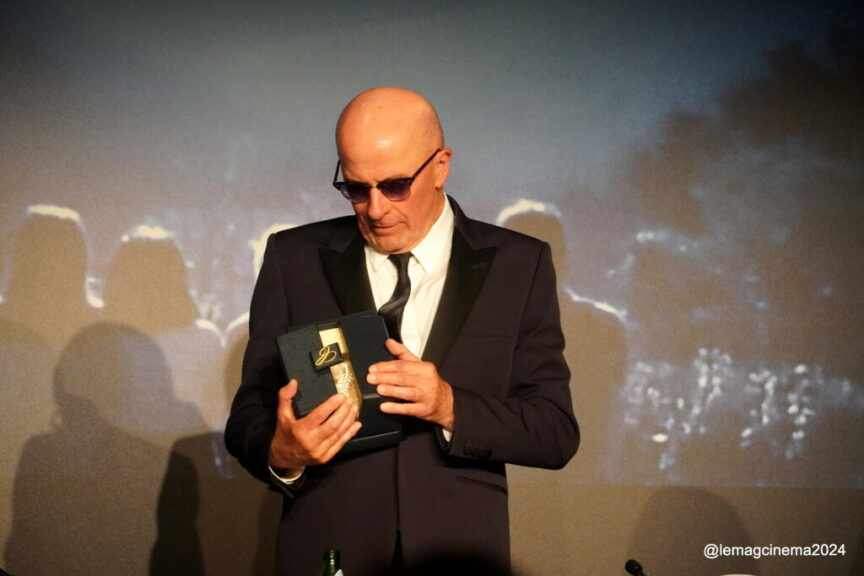

Best Director


MIGUEL GOMES for Grand Tour
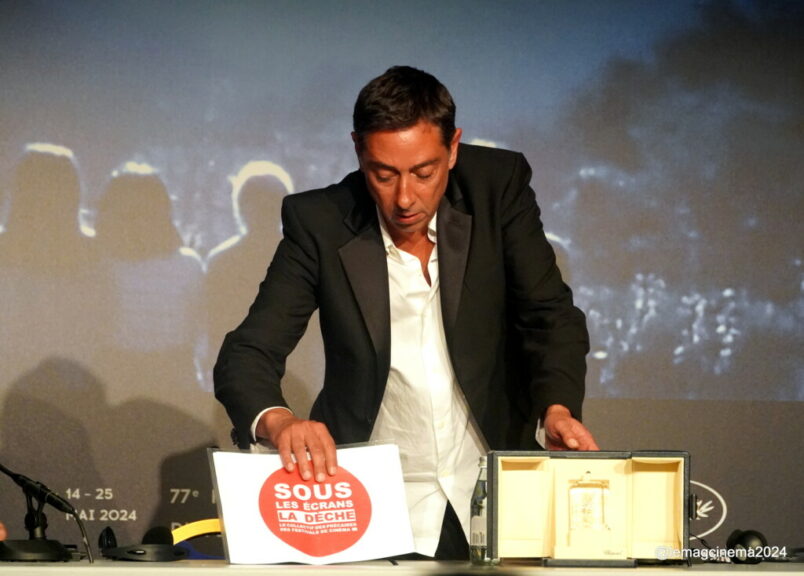

Special Prize
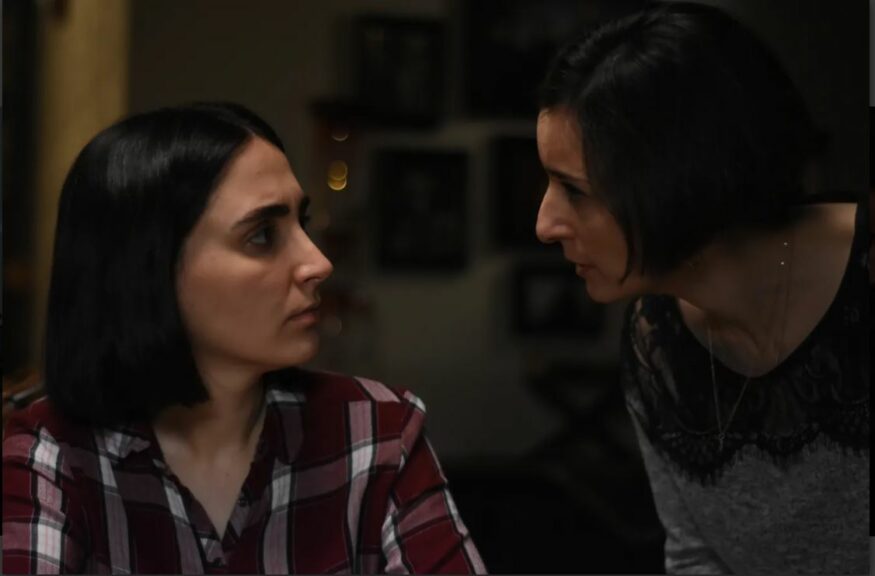

MOHAMMAD RASOULOF for The seeds of the sacred fig
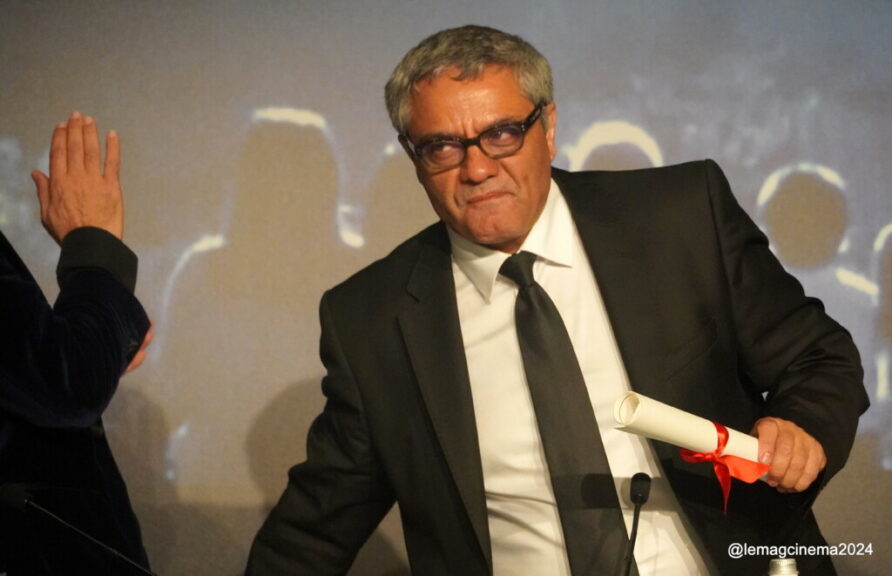

Best Actor
JESSE PLEMONS in Kinds of Kindness directed by Yórgos Lánthimos
Best Actress



ADRIANA PAZ, ZOE SALDAÑA, SELENA GOMEZ & KARLA SOFÍA GASCÓN in Emilia Pérez directed by Jacques Audiard
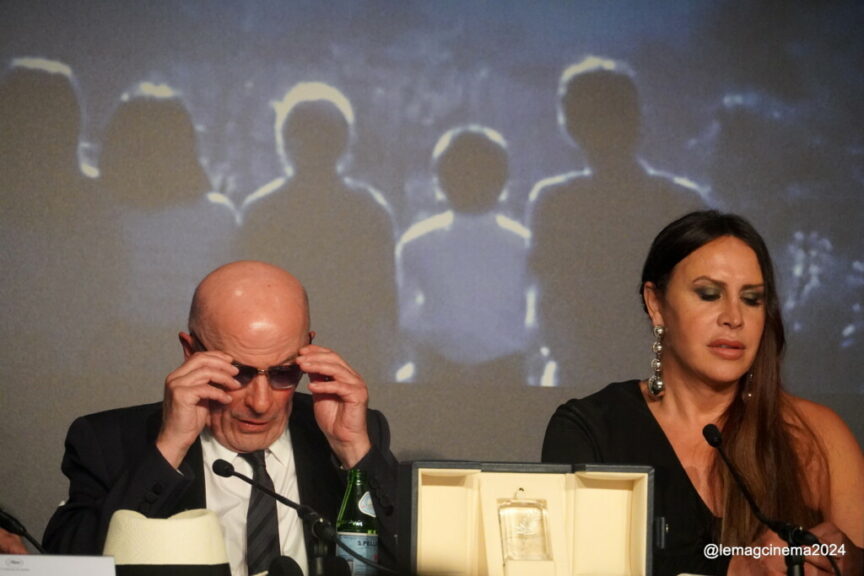

Screenplay Prize
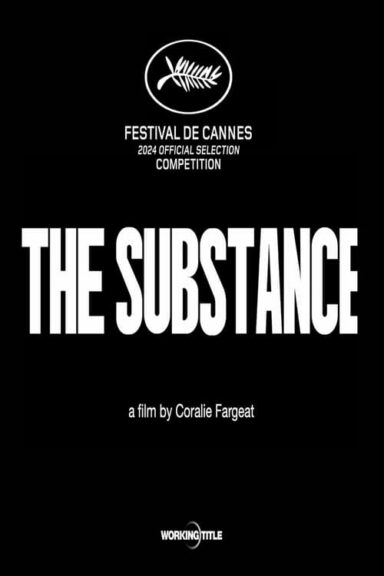

THE SUBSTANCE by Coralie Fargeat
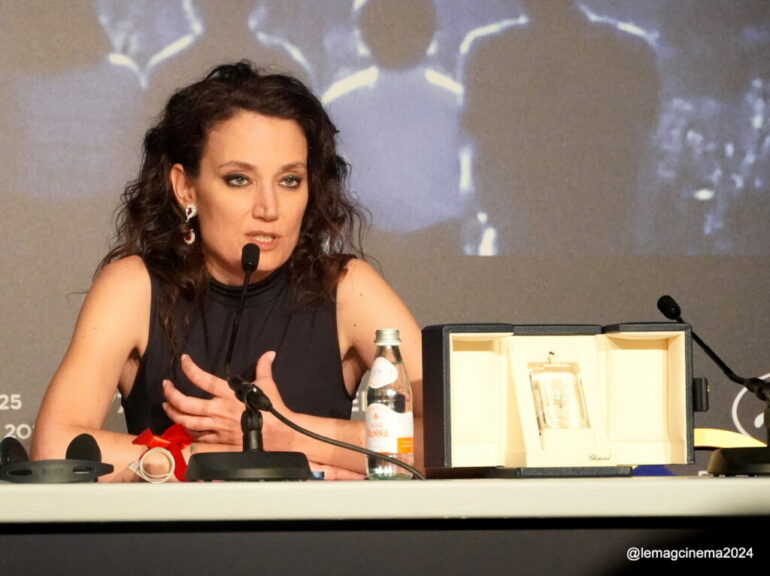

Short films
Palme d’or
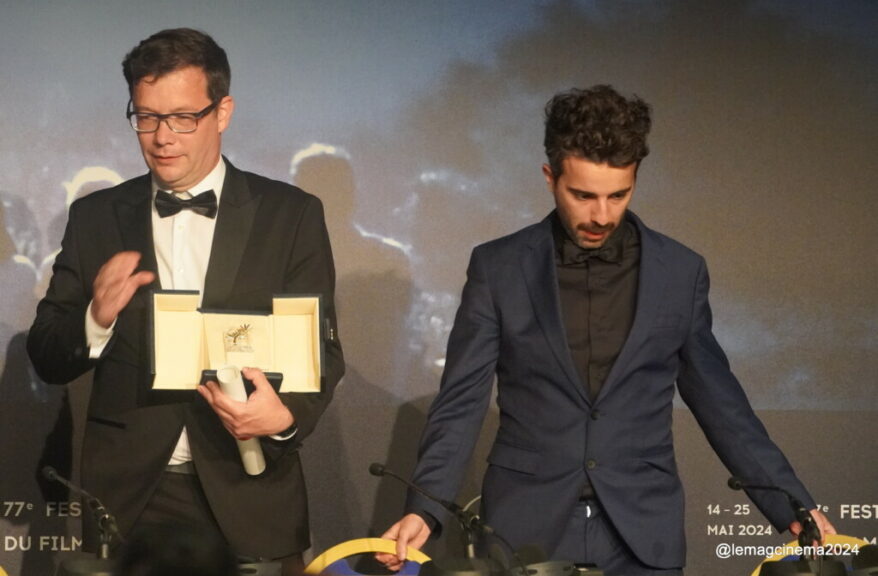

THE MAN WHO COULD NOT REMAIN SILENT by Nebojša Slijepčević
Special Mention
BAD FOR A MOMENT buDaniel Soares
Caméra d’or
Caméra d’or
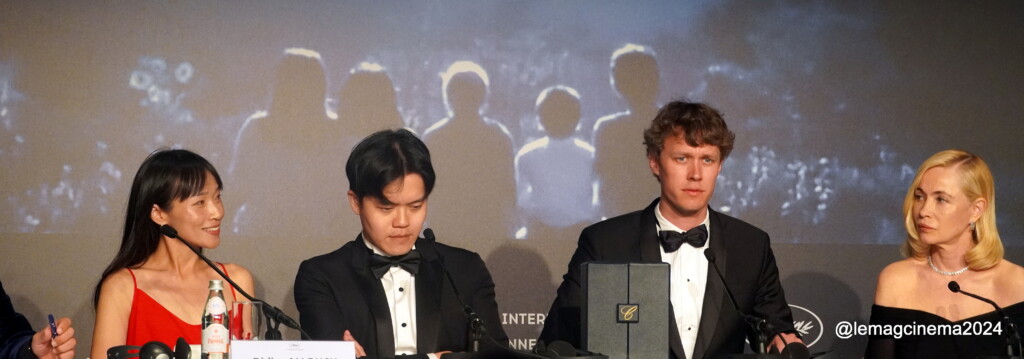

ARMAND by Halfdan Ullmann Tøndel – Un Certain Regard
Special Mention
MONGREL by Wei Liang Chiang & You Qiao Yin
La Cinef
First Prize
SUNFLOWERS WERE THE FIRST ONES TO KNOW… by Chidananda S Naik
Second Prize ex æquo
OUT THE WINDOW THROUGH THE WALL by Asya Segalovich
THE CHAOS SHE LEFT BEHIND by Nikos Kolioukos
Third prize
BUNNYHOOD by Mansi Maheshwari



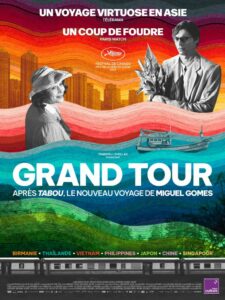

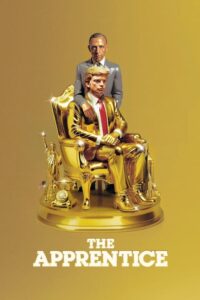
Be First to Comment